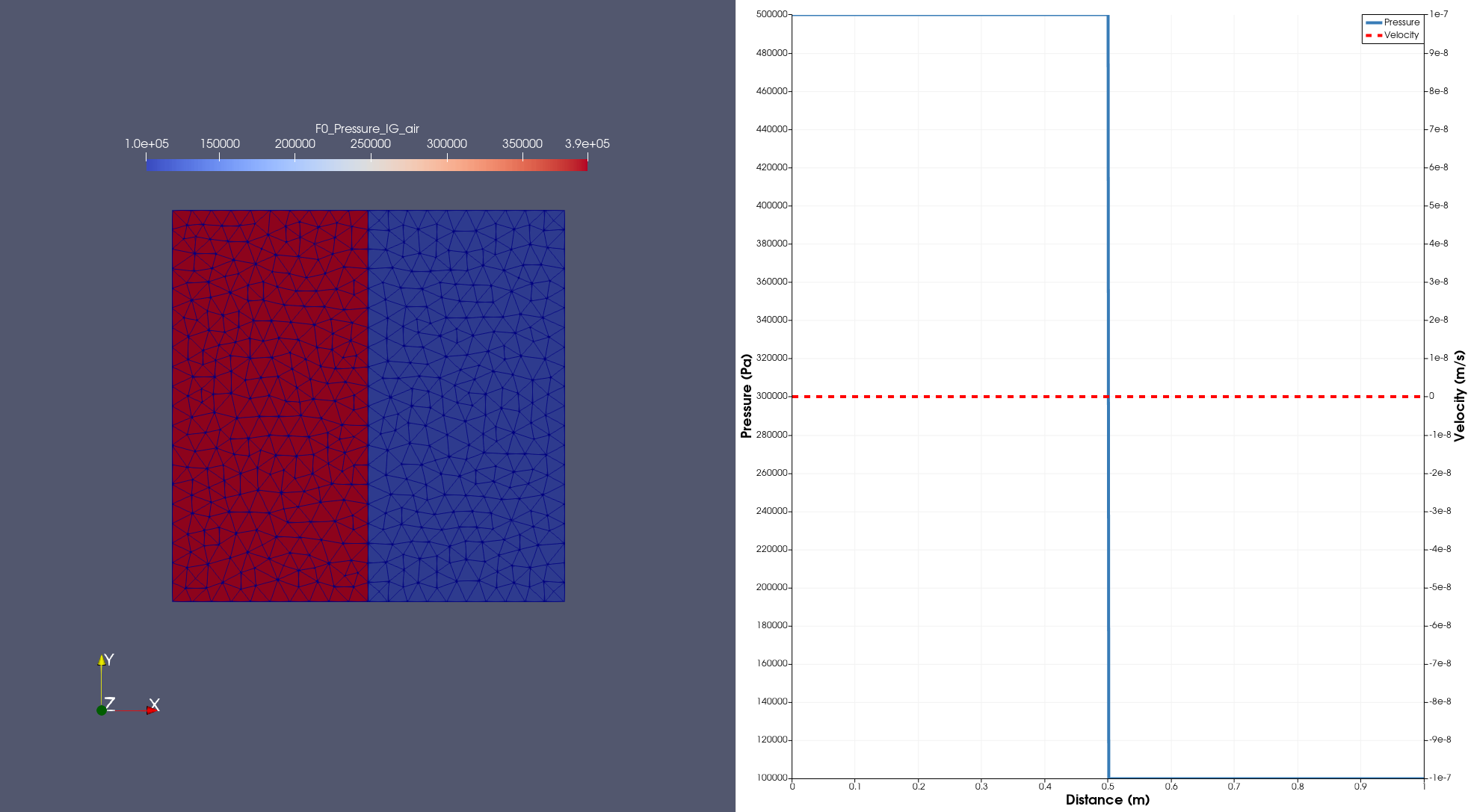

The Bridge and Factory Method patterns allow objects of the finite-element model to vary independently from objects that implement the numerical solution procedures. Root-finding algorithms, time integration methods, constraint handlers, linear equation solvers, and degree of freedom numberers are implemented as interchangeable components using the Strategy pattern.
GMSH PARALLEL SOFTWARE
Communication between objects in the analysis composition is established using software design patterns. Using this approach, separate classes encapsulate fundamental finite-element algorithms and interoperate to form and solve the governing nonlinear equations. Object composition offers significant advantages over class inheritance to develop a flexible software architecture for finite-element analysis. Two possible Lagrange multiplier finite element spaces are presented, and the behavior of the corresponding DDM is analyzed on several numerical examples. This coupling strategy offers the benefit of naturally computing Neumann traces, which allows to use the PMLs as discrete operators approximating the exact Dirichlet-to-Neumann maps. The continuity of Dirichlet traces at the interfaces between a subdomain and PMLs is enforced with Lagrange multipliers. In such decompositions, each subdomain is surrounded by PMLs associated to edges and corners. In this work, we present a non-overlapping substructured DDM with PML transmission conditions for checkerboard (Cartesian) decompositions that takes cross-points into account. Unfortunately, the extension of the PML-based DDM for more general partitions with cross-points (where more than two subdomains meet) is rather tricky and requires some care. They are shown to be a good compromise between basic impedance conditions, which can lead to slow convergence, and computational expensive conditions based on the exact Dirichlet-to-Neumann (DtN) map related to the complementary of the subdomain. Transmission operators based on perfectly matched layers (PMLs) have proved to be well-suited for configurations with layered domain partitions. It is well-known that the convergence rate of non-overlapping domain decomposition methods (DDMs) applied to the parallel finite-element solution of large-scale time-harmonic wave problems strongly depends on the transmission condition enforced at the interfaces between the subdomains. Those computations show a reduction of 46% in the iteration count, when comparing an operator optimized for cavities with those optimized for unbounded problems. In particular, computations of the acoustic noise in a three-dimensional model of the helium vessel of a beamline cryostat with optimized Schwarz schemes are discussed. Nonetheless, deviations from this ideal geometry are considered as well. Notably, this paper focuses on the case of rectangular cavities, as the optimal (non-local) transmission operator can be easily determined. This work explores new operators taking into account those back-propagating waves and compares them with well-established operators neglecting these contributions. Such problems are heavily impacted by back-propagating waves which are often neglected when devising optimized transmission operators for the Schwarz method.

closed domains which do not feature an outgoing wave condition). In this paper we discuss different transmission operators for the non-overlapping Schwarz method which are suited for solving the time-harmonic Helmholtz equation in cavities (i.e.


 0 kommentar(er)
0 kommentar(er)
